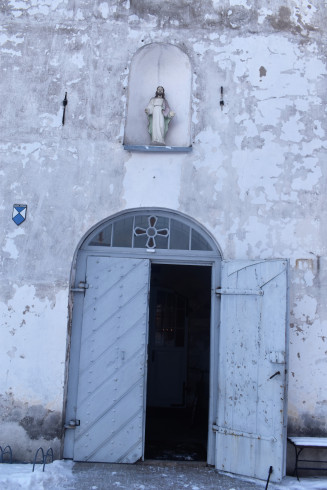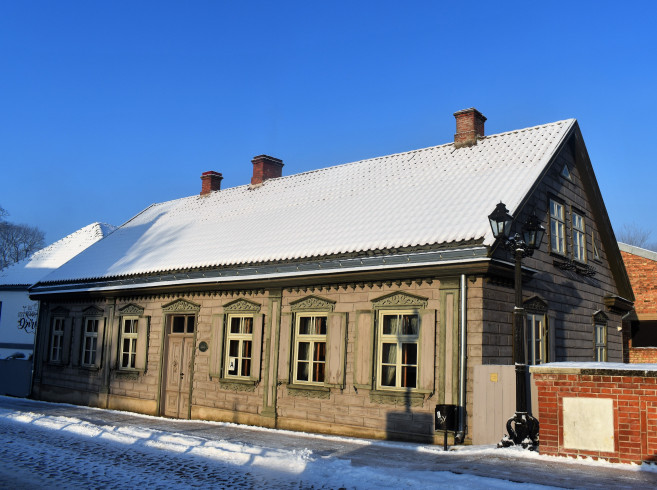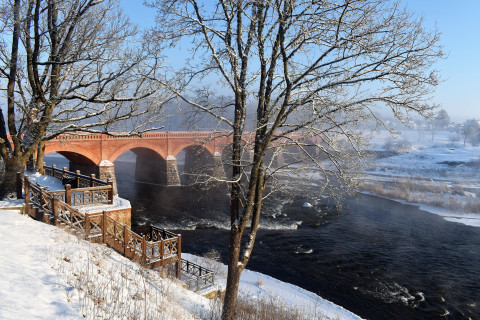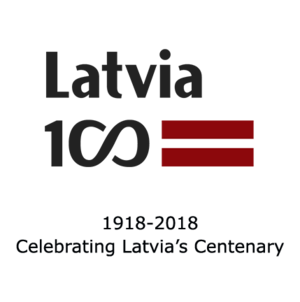Latvia’s got personality: Kuldīga, UNESCO World Heritage candidate
The pearl of Kurzeme
Angkor Wat, the Taj Mahal, the Great Wall of China and… Kuldīga? The beautiful western Latvian town is seeking to join these icons on the world’s most prestigious preservation list. And this is a tribute to the passionate efforts of its people to preserve their cultural heritage.
Nicknamed “the Venice of the north,” Kuldīga is a pretty sight at any time of the year. Its meandering, cobbled streets, sculpture-sprinkled parks and the majestic Vents rumba, Europe’s widest waterfall, have been soothing the souls of visitors for centuries, and it may be about to get an even bigger recognition boost.
Due to the pandemic and its restrictions, the last year has been as challenging for Kuldīga as the rest of the country. But Kuldīga brought Latvia some very good news in January, when it formally applied to become a UNESCO World Heritage Site.
If it succeeds, the city and its 25,000 inhabitants will face fresh opportunities and challenges. But with a proven track record of creativity and infectious joie de vivre, exciting times lie ahead.
 Fit for a duke
Fit for a duke
Kuldīga made its first appearance in the history books in the 13th century, when the Livonian Order built a stone castle on the banks of the Vents River. But it enjoyed its golden age from 1561 to 1795, when the dukes of Courland made it a commercial centre and later their capital.
While nominally vassals of Poland, the duchy enjoyed a great deal of autonomy. Especially during the time of Duke Jacob (reigned 1642—1682), shipbuilding and other industries boomed, trade links were forged with far corners of the world, and the state even had colonies in Africa and the Caribbean.
The prosperity and tolerance of the duchy drew merchants and craftsmen from many cultures to Kuldīga. Combined with local traditions, these cosmopolitan influences created an urban landscape which has survived remarkably intact to the present day. While refurbishments have been made in subsequent centuries, the street layout remains essentially the same as it was four centuries ago. And elements like window and roof forms have been consistently retained in the style of the ducal era.
Crucially, Kuldīga was mostly spared from destruction during the world wars, and even in the Soviet period some regulations were adopted to protect this gem. After Latvia regained its independence, awareness of the potential of tourism and good old fashioned civic pride moved things along.
Opened in 2008 to spearhead preservation efforts, the Kuldīga Restoration Centre set an example by revitalising a fire damaged building as its headquarters. According to the centre’s head Ilze Zariņa, getting the community involved has been a vital part of the job.
 Twenty years ago, the then-mayor of Kuldīga, Edgars Zalāns, decreed there would be no unsightly plastic or aluminium windows in his town. So, the centre began educating residents not only about the aesthetic benefits of the old wooden ones, but also the decay that condensation behind the cheap modern materials can cause to old timber houses.
Twenty years ago, the then-mayor of Kuldīga, Edgars Zalāns, decreed there would be no unsightly plastic or aluminium windows in his town. So, the centre began educating residents not only about the aesthetic benefits of the old wooden ones, but also the decay that condensation behind the cheap modern materials can cause to old timber houses.
Workshops teaching people how to restore their own windows have been very popular, and are still ging strong while observing social distancing rules.
“Even old ladies like to brag to their friends: “This summer I’m going to be an artist and restore my windows!”” Ilze laughs. “People love the smell of the natural wood, and they become friends in the process. They get to know each other, which is wonderful.”
For trickier details like shutters and verandas, the centre employs restoration experts like Jānis Mertens. On a stroll around the Old Town, he points out timber windows which have been newly crafted in traditional style to replace some ugly Soviet intrusions. Other buildings which look a bit timeworn have undergone major structural improvements and are awaiting their final façade renovations.
According to Jānis, the centre follows a philosophy called “restoration-conservation.” This means that rather than stripping away all the old paint and making a door look brand new, they leave some of the dents and bruises of time to give a feeling of history.
For young people like Jānis, the bars and cafes of Kuldīga make it a fun place to live, and with the shift to remote working, young families have moved from Riga to Kuldīga to enjoy a lifestyle rich in concerts, exhibitions and festivals. Kuldīga people make their own fun too, with boat races on the Alekšupīte River that gurgles through the town, and an annual Midsummer naked run over the Venta Bridge.
Jānis says that caper isn’t his cup of tea. But does he have any plans to move to the big smoke?
“No way! Kuldīga suits me just fine,” he says. “Compared with the chaos in Riga, it’s like an oasis of peace here. I love the slower pace of life.”
 Facebook
Facebook






